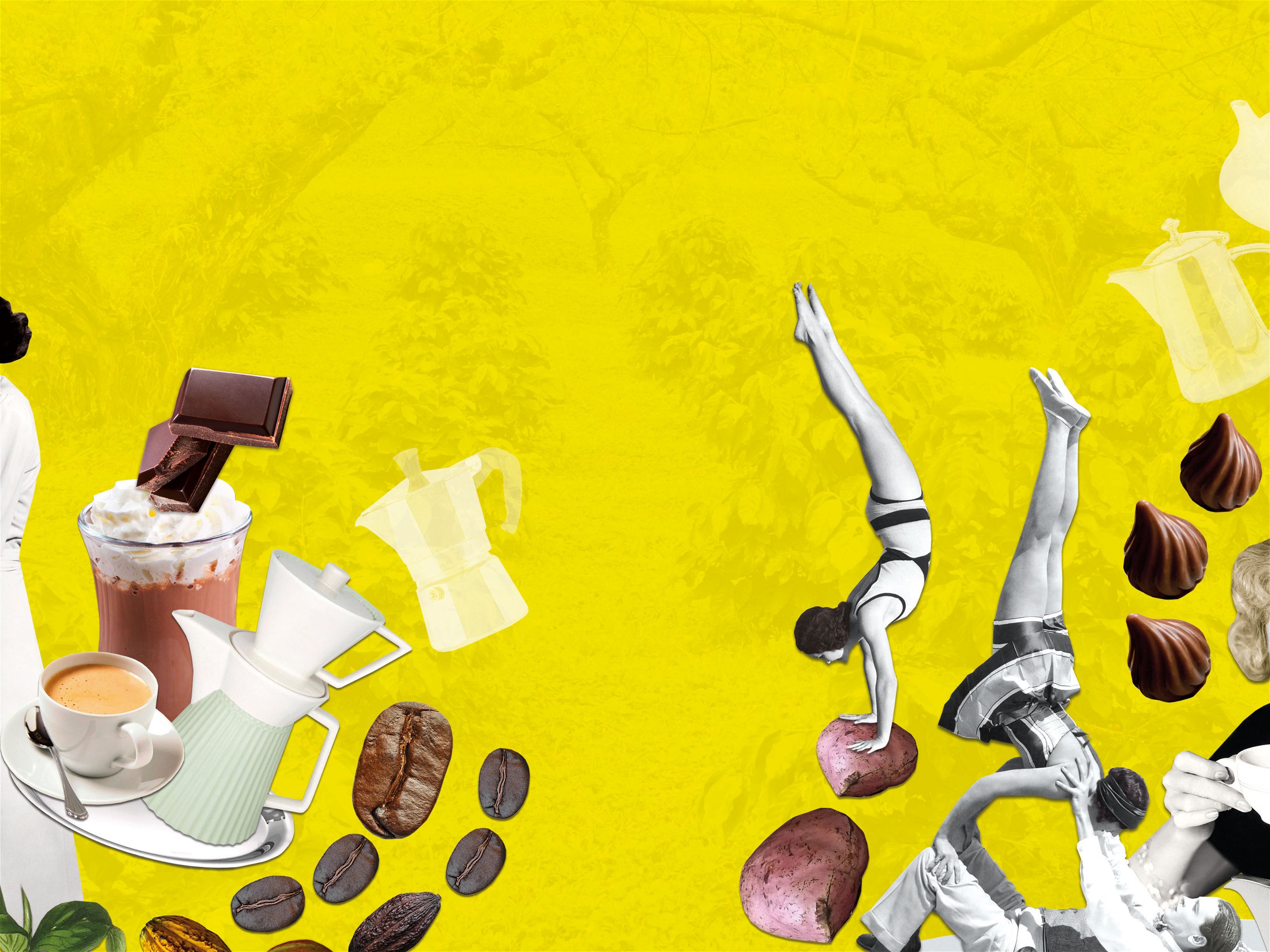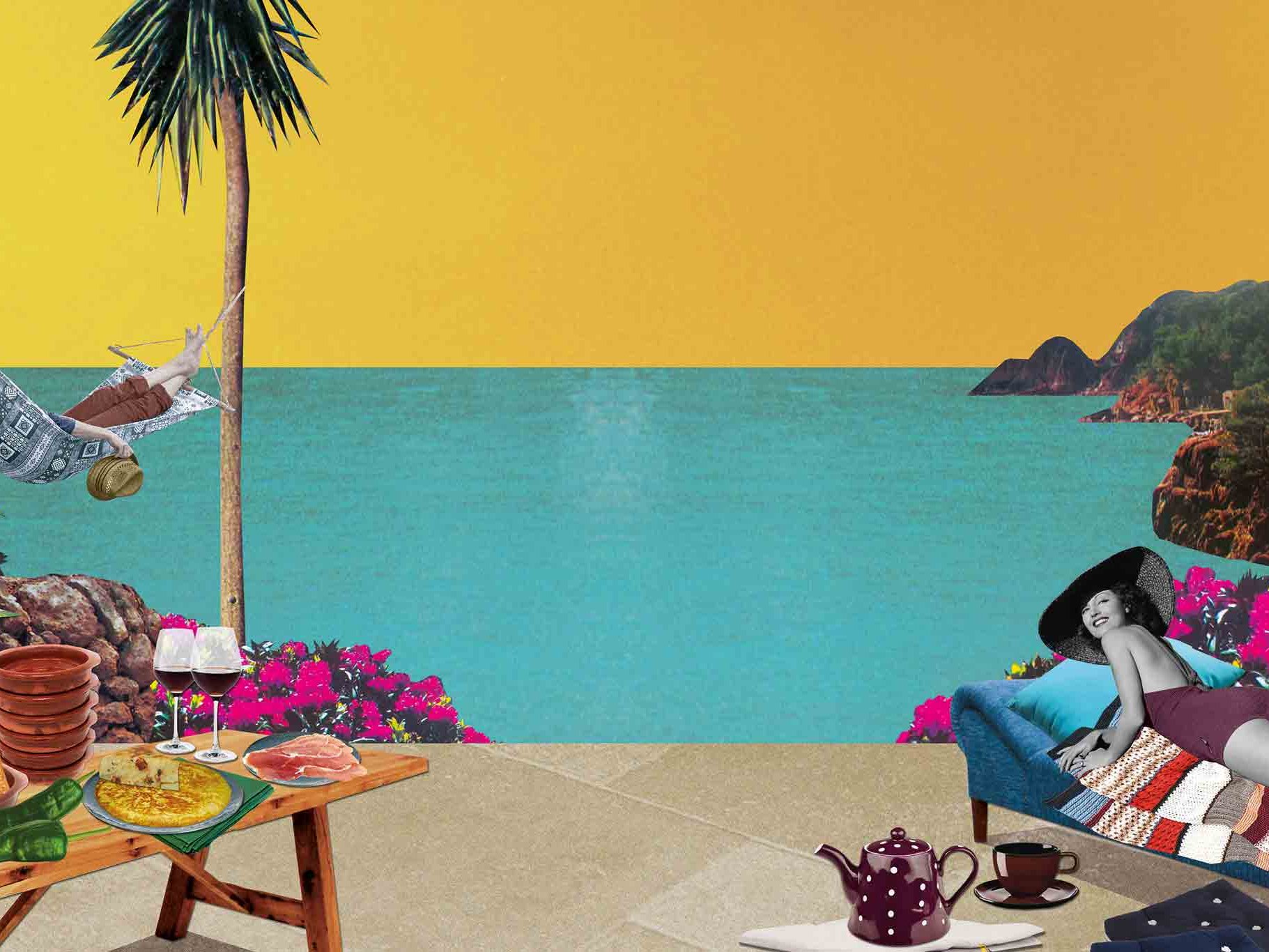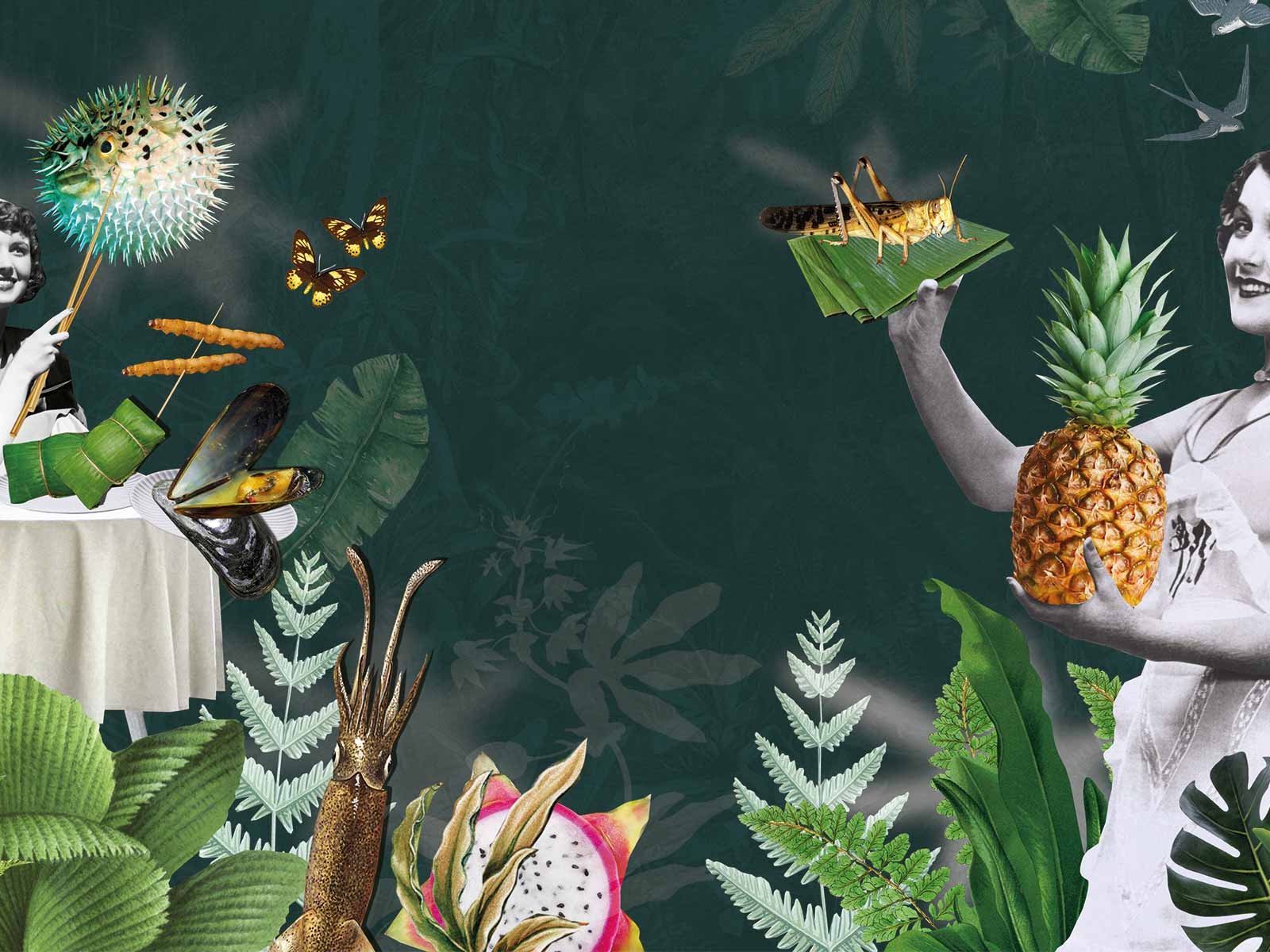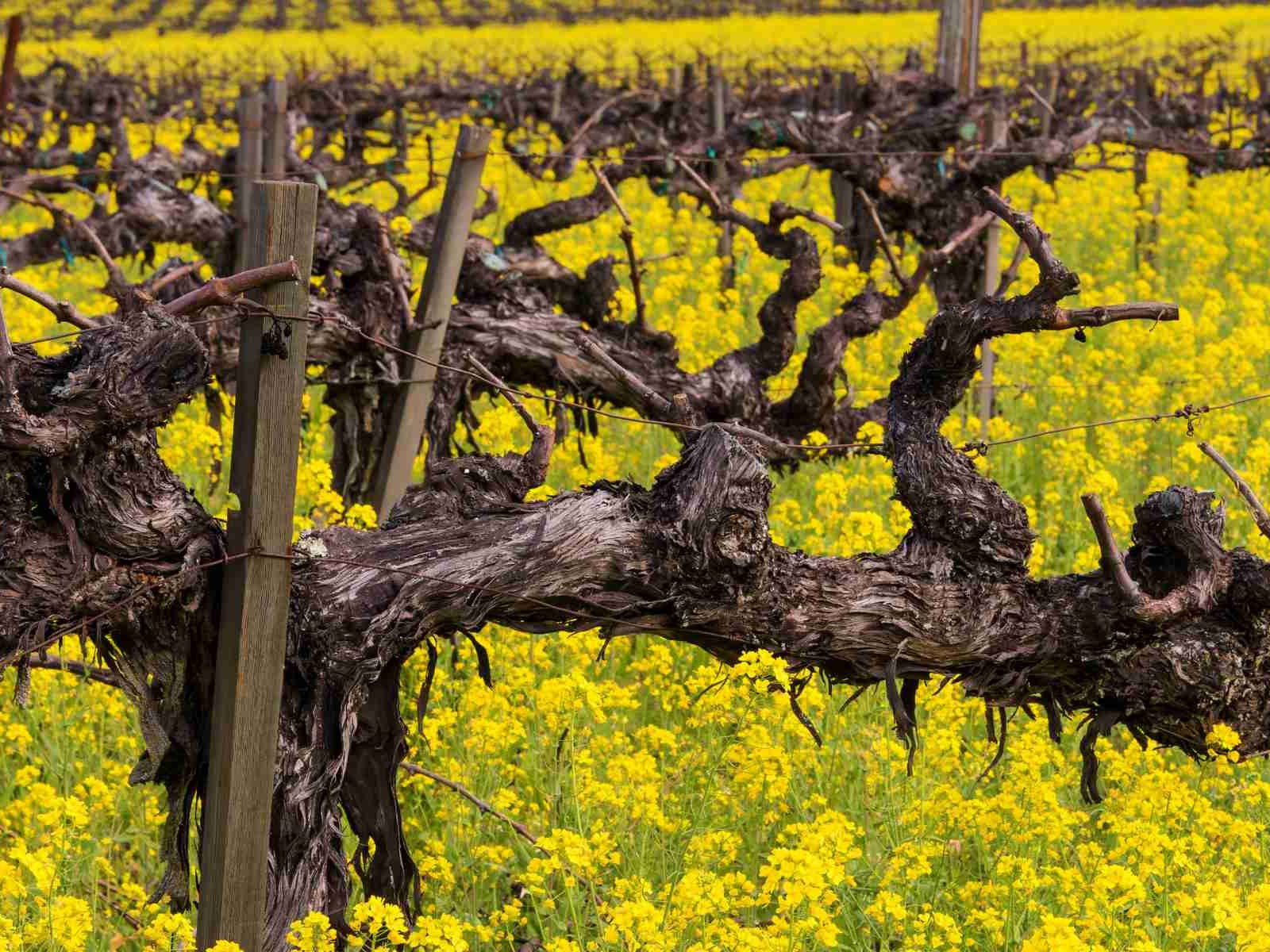Life Lessons in a Cookery Book
A cookery book can hold lessons beyond culinary technique, especially when it was written by one of the most distinct voices of the 20th century.
How many of us turn to cooking as a comfort? And how many of us escape into cookery programmes and recipe books? Falstaff’s editor-in-chief Anne Krebiehl certainly did. But she found more than comfort – she found a nugget of wisdom.
Cookery Books or Novels?
There was a time when I read cookery books like other people read novels. It is easy to pinpoint when the habit started. I was in my late 20s when I had finally moved out of shared accommodation. Other needs were more pressing in my ramshackle Victorian flat in London’s suburbia, like fixing the damp proofing and rewiring the 1930s electric installation, but I decided to splurge on a proper stove. I did not mind that there were only camping chairs and a pull-out sofa bed. I had my stove, my sink, my chopping board and some decent knives. I also had a sizeable collection of recipe books, started when I was still a teenager.
A Distinctive Voice
But that year I had been given a Penguin paperback of Elizabeth David’s A Book of Mediterranean Food. I was then still ignorant of the fact that it had been written in a dank, grey and still rationed post-war England as a homage to the south. But even without knowing how seminal it was,I could read between the lines. There was a subtext of evocation, of life lived. There was that distinctly northern European sensibility of containing deeply felt experience under a sober, genteel veneer – this was a cookery book after all. Yet personality shone through the spare prose and I started cooking. Tomato splodges (on the paella page) and oil stains attest to those meals. I came to trust this no-nonsense voice. Then, one evening, I read something that really struck me and has stayed with me since.
The Nugget
Under the heading of Sauce Béarnaise David wrote: “Even experienced cooks get into a panic when béarnaise sauce is mentioned. It is not really so fearsome to make, but it does require the cook’s full attention.” There it was, a piece of wisdom I needed at that rather turbulent time of my life. Yes, sometimes things seem difficult and insurmountable but with my full attention they would turn out right. Why was I so struck? Because the sentiment made sense. Full attention means meeting things head-on, with open eyes, with understanding of the facts, with courage and awareness. And even if things don’t turn out alright, there is some comfort in knowing I did not shirk. I think of David’s words often and have always heeded them. Needless to say, emulsion sauces hold no fear for me, and I still cook from David’s recipes. I also still have that stove and have cooked countless memorable meals on it. And I still like to give things my full attention.
What makes food hot?
Various foods can trigger the perception of hotness. The best known are peppers and chillies, both contain capsaicinoids. Besides chillies, there are other hot varieties of the chili family – such as jalapeños or chilli peppers. However, the oldest and most important hot spice is a pepper containing the pungent substance piperine which causes far fewer beads of sweat to form on the forehead than capsaicin (see the Scoville heat scale below). Foods like mustard, horseradish, wasabi, onion, garlic and ginger, sometimes even olive oil, can also taste hot due to various other pungent substances.
Hot is not a taste
Strictly speaking, hot is not a taste. While the five taste sensations – sweet, sour, bitter, salty and umami – are perceived by the taste buds on our tongue, the sensation of hotness works differently. Physiologically, hotness is a sensation of pain. High temperatures and pungent substances stimulate the same pain receptors – they are free nerve endings in the oral mucosa. When stimulated, they send electrical signals via the trigeminal nerve to the brain – not via the cranial nerves that are responsible for taste. The trigeminal nerve transmits all somatosensory signals: mechano-, thermo- and pain reception. This also releases inflammatory messenger substances which cause the skin to turn red. If spicy foods are consumed frequently, the pain receptors regress, habituation occurs and we perceive hotness less intensely.
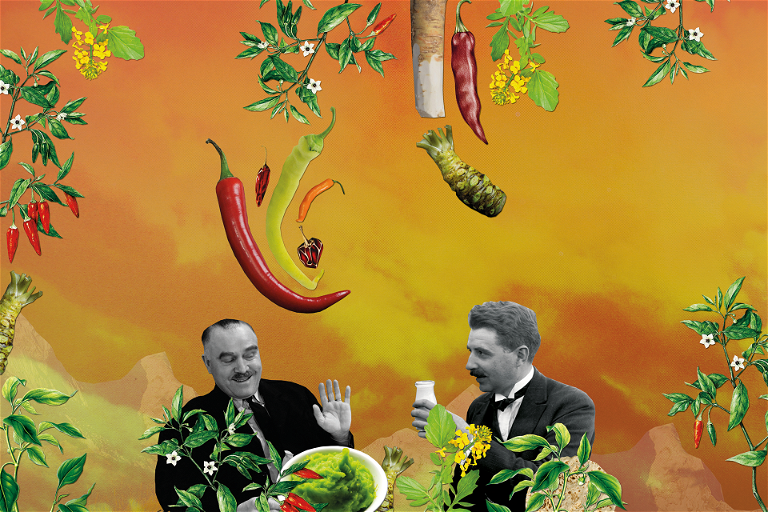
Die Scoville-Skala
There are various scales for measuring hotness but the most famous of them is the Scoville Scale. It measures degrees of pungency in aptly named Scoville Heat Units (SHU). The method was developed in 1912 by the chemist Wilbur Lincoln Scoville. It is based on dilution of the substance to the point where it is no longer detectable by test subjects. The dilution factor for pure capsaicin, the substance in peppers and chillies, is 16 million. This means that it takes 16,000 litres of water to dilute 1 millilitre of pure capsaicin to tastelessness. However, because working with test subjects is both time-consuming and variable due to subjective perception, standardised chemical analysis is now used and its results are expressed in SHUs.
Taming the heat
But one question remains. Conclusively, the burning question? How to get rid of that burning sensation after that devastating bite of a luscious red chili? Many people turn to water which is useless when it comes to neutralising hotness. However, chewing some bread will help, as will the soothing effects of sugar, honey, milk and yoghurt.
The Scoville Scale
- Substance: pure capsaicin | Scoville Unit: 16.000.000
- Substance: Mad Dog 357 No. 9 Plutonium-Sauce | Scoville Unit: 9.000.000
- Substance: pepper spray (self-defence or police use) | Scoville Unit: 5.300.000
- Substance: pure piperine | Scoville Unit: 100.000
- Substance: pure Cayenne pepper | Scoville Unit: 30.000–50.000
- Substance: sambal | Scoville Unit: 1000–10.000
- Substance: jalapeño | Scoville Unit: 2500–8000
- Substance: Tabasco Original Red Pepper Sauce | Scoville Unit: 2500–5000
- Substance: red bell pepper | Scoville Unit: 100–500


